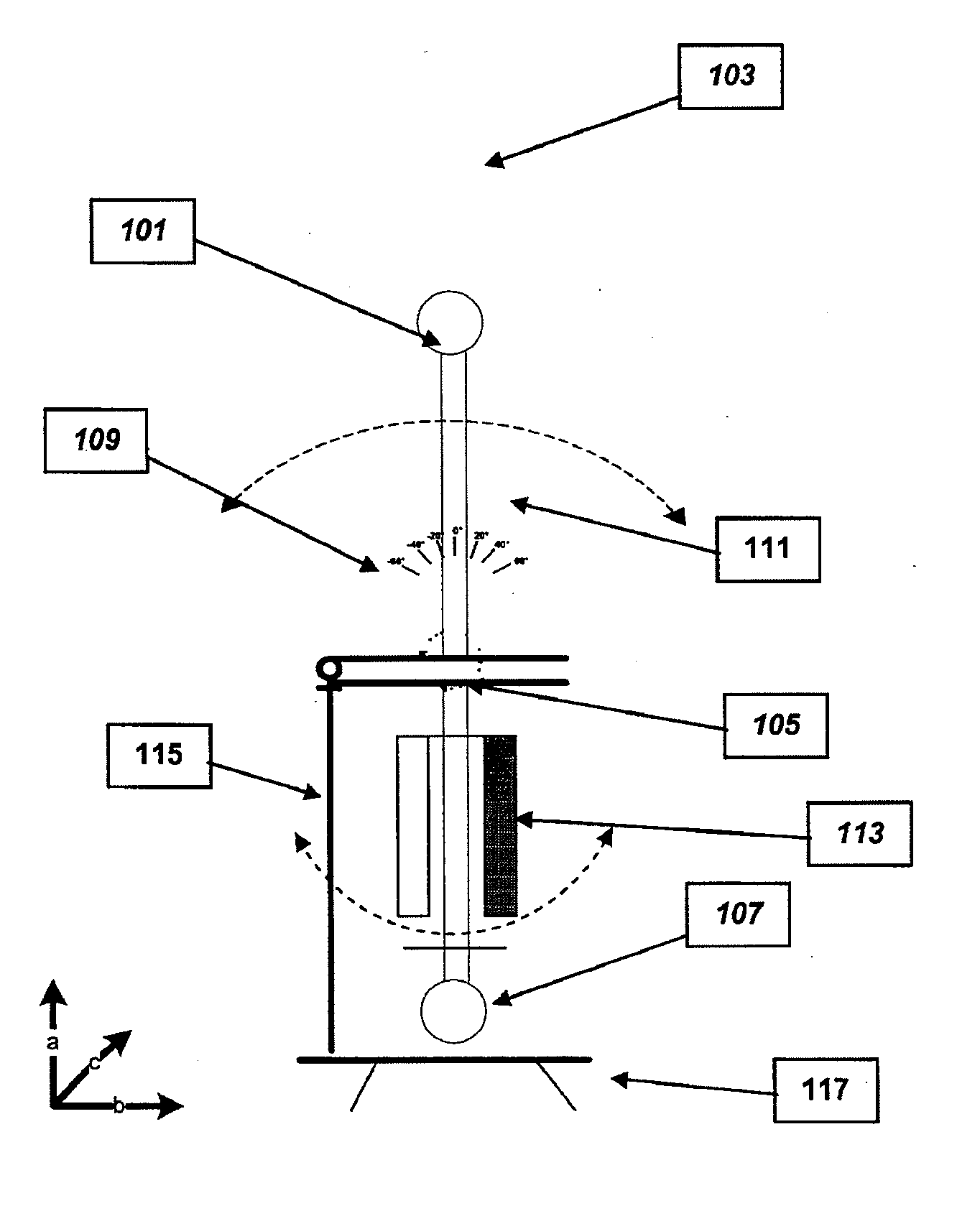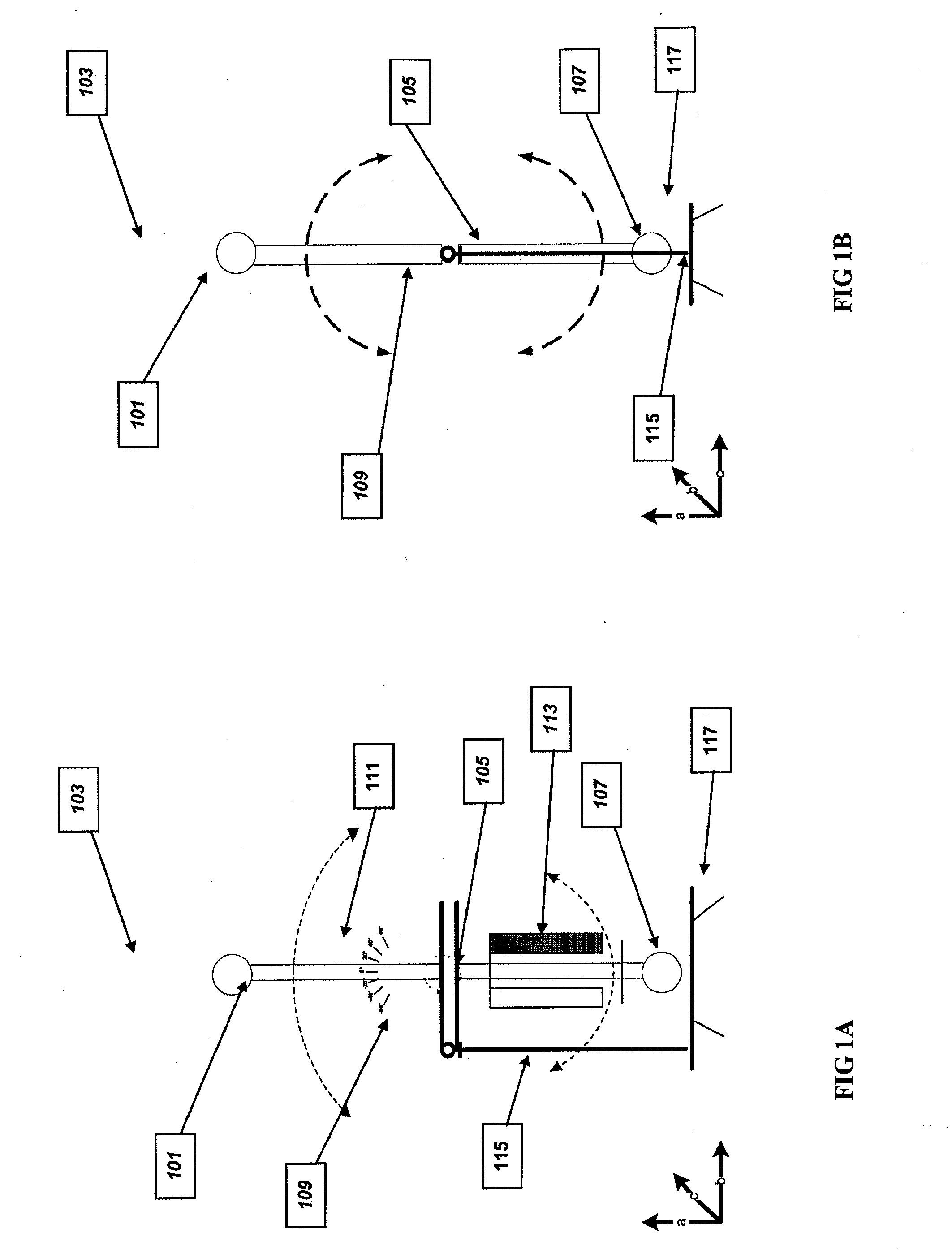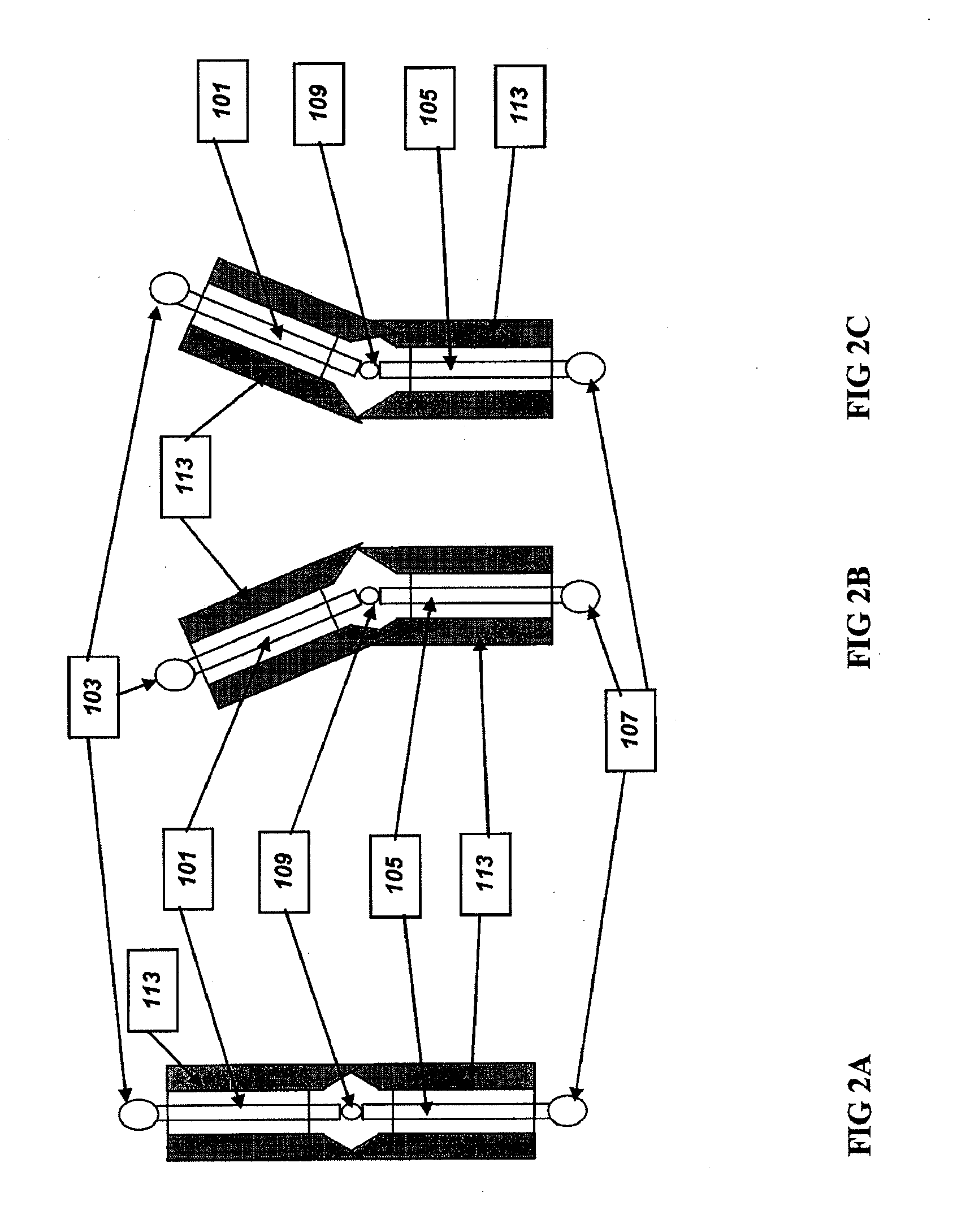Devices, systems, and methods for measuring and evaluating the motion and function of joints and associated muscles
a technology of motion and function, applied in the field of devices, systems and methods for measuring and evaluating the motion and function of joints and associated muscles, can solve the problems of inability to accurately assess pathologies, inability to detect many types of pathologies, and significant number of patients with joint problems to be diagnosed and treated
- Summary
- Abstract
- Description
- Claims
- Application Information
AI Technical Summary
Benefits of technology
Problems solved by technology
Method used
Image
Examples
example 1
Hypothetical Example 1
A Weight Bearing Joint
[0117]For a weight bearing joint like the neck or spine, there can be useful diagnostic data produced by affecting a comparison of weight bearing motion to non-weight bearing motion. For testing weight bearing motion, the present invention can be configured to be freestanding with both attachment arms occupying the line normal to the floor, and with one attachment arm attached to the patient's head with the other attached to the patient's shoulders. For testing non-weight bearing motion, the attachment arm attached to the shoulders in the previous example could be turned to be parallel to the floor, then attached to a patient on which the patient is lying. The other attachment arm could be attached to the patient's head (as in the previous configuration). Such a configuration would allow for the assessment of motion in a plane parallel to the floor (complete non-weight bearing), or in a plane perpendicular to the floor (partial weight bear...
example 2
Hypothetical Example 2
A Non-Weight Bearing Joint
[0118]For a non-weight bearing joint like the wrist, it would be possible to use a free-standing configuration of the motion control device, with both attachment arms parallel and occupying a plane parallel to the floor. One attachment mechanism could attach to the forearm, and the other to the hand. In this configuration, motion could be tested and compared between that which occupies a plane perpendicular to the floor (up and down wrist movement), and that which occupies a plane parallel to the floor (lateral bending wrist movement). Alternatively, comparisons could be made between active and passive motion on the part of the subject.
PUM
 Login to View More
Login to View More Abstract
Description
Claims
Application Information
 Login to View More
Login to View More - R&D
- Intellectual Property
- Life Sciences
- Materials
- Tech Scout
- Unparalleled Data Quality
- Higher Quality Content
- 60% Fewer Hallucinations
Browse by: Latest US Patents, China's latest patents, Technical Efficacy Thesaurus, Application Domain, Technology Topic, Popular Technical Reports.
© 2025 PatSnap. All rights reserved.Legal|Privacy policy|Modern Slavery Act Transparency Statement|Sitemap|About US| Contact US: help@patsnap.com



